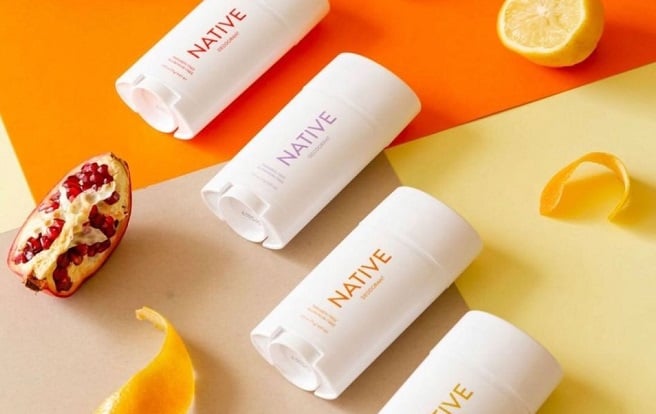Retention marketing
How to do customer lifecycle marketing driven by cohort analysis, CLV maximization, repeat rate optimization and retention reports.
7 Ways to use customer service to increase loyalty
Customer loyalty is critical to the bottom line of any business, especially those with a direct-to-consumer business model, which are built on their customer relationships. The interactions your buyers have with customer service have a major impact on their loyalty to your brand.
These are the 7 essential ingredients of customer service that wins long-term customer loyalty.
Customer retention in times of crisis
The COVID-19 crisis is a tough time for everyone and ecommerce is – surprisingly – not an exception. It is true that even the most reluctant to shop online before now turn to ecommerce because of the safety it provides.
But people are buying more of only food and beverages (sales up by 18.8%), household cleaning products, or personal care items. Almost all other categories are down in sales. Fashion is down by 20%, while electronics (other than work-from-home items) are put on hold almost entirely.
In some countries, lockdowns force sellers to pause operations, but if you’re lucky enough to still be open for business, we have a few ideas for you how to lean on your existing customers during these uncertain times and come out stronger (financially and brand-wise). And keep your employees when consumer confidence is low. Lawn care companies may invest in a software like the ones at https://www.fieldroutes.com/industries/lawn-care-software to help them improve their productivity which may increase their profits.
Customer retention is more important than ever – it can literally keep you afloat now.
Traffic to your store doesn’t matter
Note: This is an opinion piece by the Metrilo marketing team. Its purpose is solely to offer a new angle of looking at things. It’s healthy to challenge our ingrained beliefs from time to time!
Ecommerce store owners struggle to increase traffic to their sites all the time. Traffic is probably the most popular topic in any seller discussion group. The first question newbies ask is, “How do I get traffic?”
Well, maybe that’s wrong. Maybe that’s the wrong thing to focus on.
Customer lifetime value in ecommerce 101
Customer lifetime value is proving to be one of the most important ecommerce metrics. More and more online brands discover it as an indicator of brand loyalty, stable financials and possibilities for growth. We’ll see why in a bit.
What is customer lifetime value?
Customer lifetime value is the total amount of money someone spends with your brand over the complete period of their customer lifetime. This is from their first purchase ever to the last one before they drop out as a customer and never shop from you again.
13 Emails that drive customer lifetime value up
Emails that drive repeat sales are the best emails. Forget about basic email marketing that teaches you to send promotions every week or touch base with customers more often, e.g. every day.
To see a real return on marketing, you need to use email to its full potential – it’s a (nearly) free marketing channel that you own and have complete control over. No pay to play like ads. Emails for customer retention are the best way to drive revenue without extra spending.
Customer lifetime value is the best indicator for a healthy business.
Customer loyalty is usually based on a strong connection with the brand and a positive experience. Emails that drive customer loyalty keep this relationship going through useful, timely and relevant content and offers.
Ecommerce unit economics: Why Casper’s IPO was bad
When Casper filled their S-1, the industry got excited – it was the first DTC IPO. Expectations were high and many other DTC brands watched to later go the same way.
Aron Levin, however, went over Casper’s S-1 filing (preparation for IPO) and what he found about Casper’s financials was quite worrying.
His verdict was “Casper is screwed”. That seemed harsh for the poster child of DTC brands, but Levin presented his findings and Casper’s unit economics really were bad. At least Casper’s growth looked unsustainable.
Why is that?
“20% of direct-to-consumer orders in 2019 came from repeat buyers.” This is a repeat rate of 20% only.
Also, the documents say that Casper’s advertising budget increased by 23% in the last year (before filing for IPO).
This means they increased their investment in marketing and still got only one-fifth of orders from old customers. Adding the fact that Casper’s marketing strategy relies immensely on brand awareness and turning it into brand loyalty, things are looking weird.







